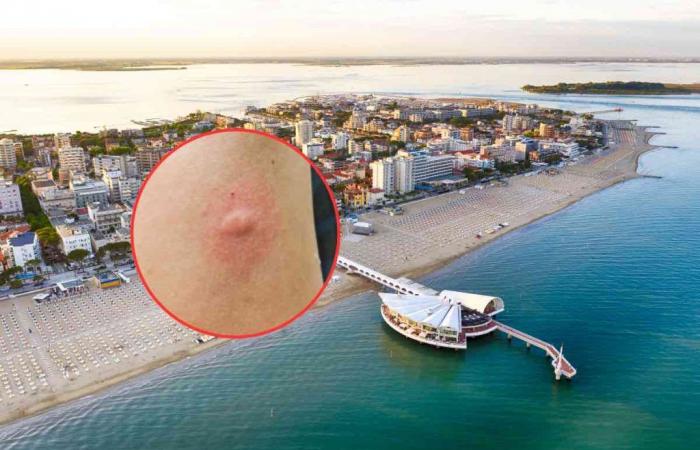Invasive threat to our country, a new species known for its high invasive capacity lands in Italy: its sting is dangerous.
With the arrival of summer, the mosquitoes and among these there is also a worrying new presence.
Fabrizio Montarsi, a biologist frominstitute zooprophylactic experimental Venice, already anticipates that this species, known scientifically as Aedes japonicushas been present in Italy since 2015, mainly in northern regions such as the Friuli Venezia Giulia.
This new invasive species It stands out for its size and its particularly visible black body, as well as for its ability to cause significant swelling in those who are stung.
This phenomenon can intensify in ours Village, where the population is not used to this type of bite, typical behavior of all new invasive species.
New invasive species in Italy, that’s what it is
The Japanese mosquito it found its place mainly in northern regions, arriving directly from Austria and Slovenia but limiting itself to mountain and foothill areas.
This species has failed to expand further, most likely due to competition from Tiger mosquitomore suited to Italian climates.
The Japanese mosquito it is known not only for its appearance as we mentioned above, but also for its high invasive capacity. It ranks among the top 100 most invasive species in the world.
“It is a beautiful black mosquitolarger than the Tiger, which can be seen very well and the sting can cause pain to some people grossi pomfi. This is also because in our country we are not used to it and, as happens with new pathogens, more aggressive reactions can also occur with new mosquitoes.”
For now, doubts remain about the potential capacity of this mosquito to transmit diseases such as for example the Chikungunya and the Denguealready carried by the tiger mosquito.
For now there are several in progress Education to evaluate this possibility, without yet reaching a definitive conclusion.
This species, unlike the others, has shown a surprising resilience al Freddo and is capable of surviving even in very harsh climatic conditions, much more so than those in Italy.
“Not just climate change. – explained Montarsi – There’s also something involved globalization of travel and trade. In fact, this mosquito comes from South East Asia but has found the right climatic conditions in the country to take root and spread. That’s where climate change comes in. In Italy it is no longer as cold as it used to be and this represents an advantage for the Japanese mosquito, the eggs often resist well even in winter”.






